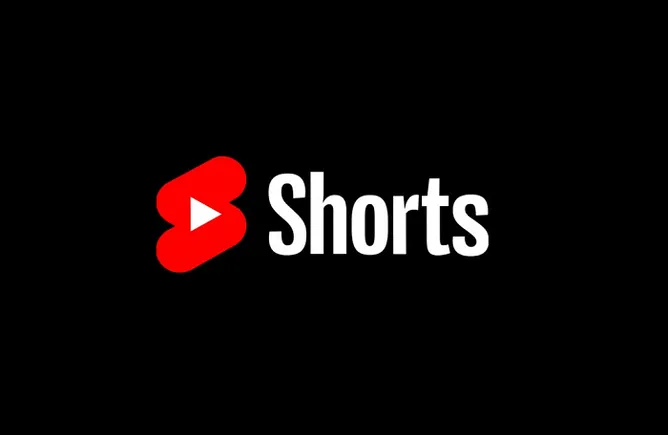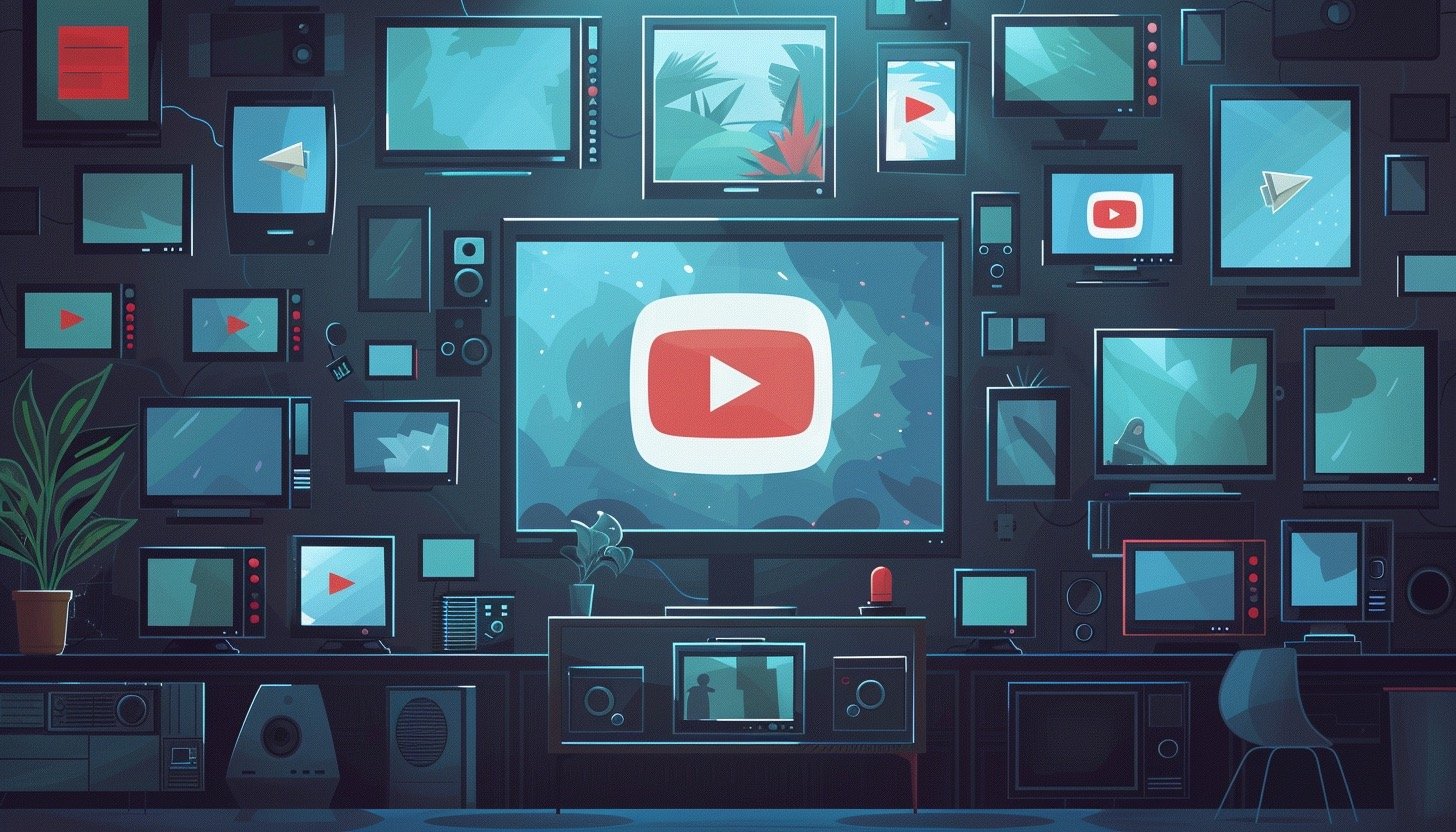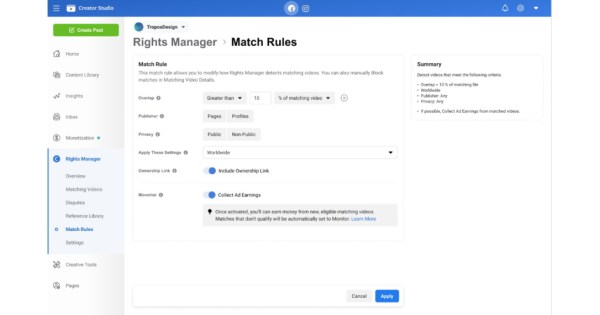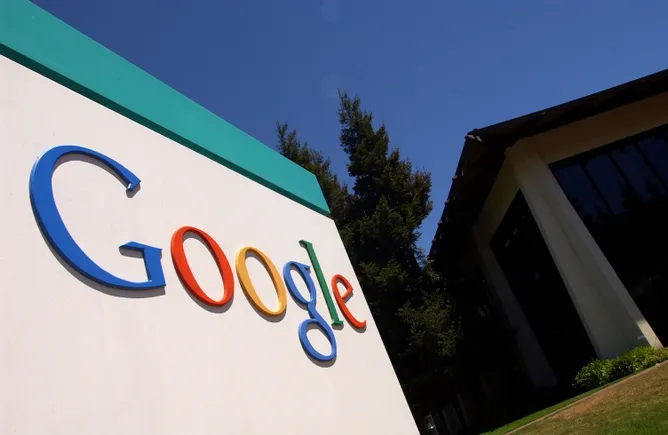More than a decade after acquiring YouTube, Google is finally giving investors some information on how much revenue the video platform makes: a whopping $15 billion in advertising alone.
Except, it’s not actually $15 billion. Alphabet CFO Ruth Porat told investors during an earnings call on Monday afternoon that YouTube pays out a majority of that advertising revenue to its creators. Although Porat wouldn’t say how much of the $15 billion goes to its content makers, she did specify those payouts belong to YouTube’s “content acquisition” costs, which run around $8.5 billion.
For people trying to make their living on YouTube, many feel like they don’t see nearly enough of that $8.5 billion. Top creators tend to earn the most ad revenue via higher rates — as long as their content is advertiser-friendly — because they generate a large number of views. Other advertising revenue then trickles down to the thousands upon thousands of creators who belong to YouTube’s Partner Program.
Many personalities have said they feel like they have to fight for advertising revenue, turning to subscription services like Patreon and signing brand deals since ad revenue isn’t reliable. Now, in the wake of major changes to YouTube’s advertising policies when it comes to content aimed at children (which may include popular video genres like gaming), advertising revenue looks even more fraught.
YouTube has earned more than $34 billion in advertising revenue alone
YouTube has long enticed creators to work on its platform with advertising revenue, but most creators didn’t know how much YouTube was making. Now they do — and, as one YouTube employee told The Verge, this feels like “a real seminal moment.” $15 billion may come as a shock: it’s about 20 percent of how much advertisers pay across all US network television, is six times bigger than Twitch’s reported ad revenue, and it accounts for approximately 10 percent of Google’s overall $161 billion revenue. Over the course of three years, YouTube has earned more than $34 billion in advertising revenue alone.
It’s hard for creators to ignore those numbers. YouTube has gone through a turbulent period over the last few years, and one of the biggest complaints creators have had is content being deemed not suitable for advertisers, preventing them from making money. Some creators have argued that demonetized videos also lead to suppressed views. Bottom line: new advertiser-friendly policies that have rolled out over the last couple of years have made many creators bitter toward YouTube.
“Look, I get it,” Roberto Blake, a longtime YouTube creator and small business owner, told The Verge. “New creators, they’ve grown up with the romanticized version of what YouTube is and what a great platform it was. That might feel unfair because they missed out on that honeymoon period. The reality is they missed out on the hardship that comes with being a pioneer, when there was less advertisers and advertising money going to creators.”
“It’s not the biggest streamers who are complaining about the current state of YouTube.”
The reality is that no one is happy, according to Rod Breslau, an e-sports consultant and journalist. A large portion of YouTube’s advertising payouts goes to the top 1 percent of creators, Breslau told The Verge. The creators who feel like they’re being screwed over the most by YouTube are the ones in the middle.
“It’s not the biggest streamers who are complaining about the current state of YouTube, and those are the people that both [YouTube and Twitch] are focusing on,” Breslau said. “Medium to lower end of YouTubers are feeling hurt. You have an adpocalyse that happened for various of other reasons, which caused a bunch of problems for the platform. So they’re going through their own issues with demonetization.”
That’s more people fighting for advertising money in a pool that eventually runs dry. “The market is super saturated … Everyone’s competing, and you’re reliant on these big companies that have turned into monopolistic platforms,” Breslau said
YouTube’s ad revenue is just one sign of how big the video platform has become for Google. The company also has more than 20 million subscribers across its Premium (ad-free YouTube) and Music Premium services, according to Google. YouTube’s internet TV service, YouTube TV, also has more than 2 million subscribers. Creators also see revenue shares from people who watch their videos with a YouTube premium subscription, and Google is planning to continue investing in these services as they drive additional revenue.
Creators are the beating heart of YouTube, but advertising is the blood that flows throughout
All of these figures add up to healthy jump for YouTube’s revenue between fiscal 2018 and 2019 — more than 30 percent. Advertising is still a big chunk of that growth, and Robert Sandie, the CEO of YouTube analytics firm vidIQ, sees that as a net positive for creators in the long run. Sadie explained that “over $8 billion in ad revenue is going to YouTube creators all over the world,” adding that “having worked with YouTube creators since 2006, it feels like this has kicked into overdrive the past three to four years.”
Creators are the beating heart of YouTube, but advertising is the blood that flows throughout. Creators upload videos to YouTube; viewers flock to the platform; advertisers come to YouTube because that’s where the audience is; YouTube gives creators a portion of that advertising revenue to entice them to continue uploading; and creators stay on YouTube because they receive advertising money. Rinse and repeat.
Even if creators don’t feel like YouTube is perfect, it’s one of the few platforms with an efficient, tangible advertising split. YouTube also offers alternative monetization options like memberships (similar to Twitch’s subscription program), but advertising revenue remains the big draw for new creators. There’s more advertising revenue than ever before, but there are more creators to split it between, too.
“Creators who are successful on the platform have come to learn through growing pains what it takes to run a financial successful creative business, while working with advertiser guidelines,” Blake said. “They understand — and made — those hard choices.”
Correction: A previous version of this story incorrectly stated that creators don’t earn revenue from YouTube Premium. They earn a portion of revenue from viewers who watch their videos and subscribe to YouTube Premium. We regret the error.









